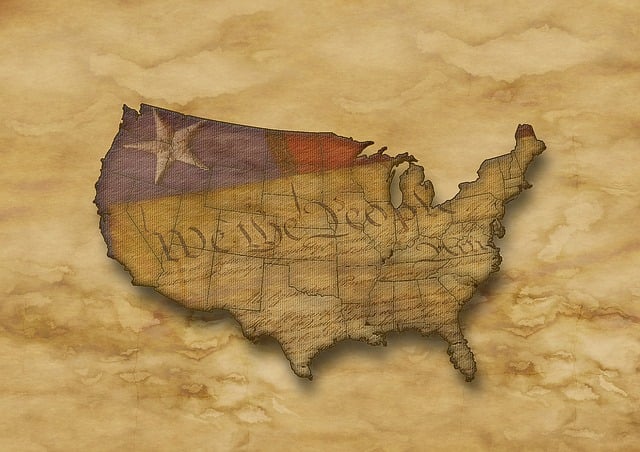
Another Preliminary Injunction in OMB Memorandum (M-25-13) Litigation
03.12.2025 | Linda J. Rosenthal, JD

Toiling in relative obscurity over decades, waves of diligent IRS Exempt Organizations (EO) specialists churned out an impressive library of “research aids and training tools” for in-house staff.
Tax officials had always intended to “… release this information widely…” to guide exempt organizations, their professional advisors, and the general public. But this knowledge was hiding in plain sight, buried in a “mind-numbing cache of documents named IRMs and TAMs and ARGs and other acronyms familiar only to individuals who eat, sleep, and breathe EO law and procedure.”
Several years ago, the General Accountability Office (GAO) – tasked with making government run more smoothly – reached out to tax officials, suggesting “… that all of this valuable guidance stockpile be collected and reviewed, updated and revised, and presented in a more manageable, user-friendly, single source.”
And that’s exactly what happened, as we explained in New Treasure Trove of EO Guidance (April 25, 2023) and More About the New EO Technical Guides (May 4, 2023). By 2021, the government rolled out the initial batches of these technical guides which are projected to include at least 70 or so titles.
By the end of 2022, the IRS had completed fifteen titles. Among them is TG 0, Technical Guide Overview, Publication 5729 [12-9-22].
Its Exhibit A is a chart showing the names and TG numbers of all 70 of the planned titles in this major educational series. The list includes the publication date of each published item. But it omits the most critical identifying information: the assigned IRS publication numbers [e.g., “Publication XXXX”] and URL links.
We fixed that difficulty by creating our own chart; see May 4th post with complete links to the previously published 15 titles and for two more released in early 2023.
As of December 15, 2023, tax officials had completed and published eight more titles along with an updated Exhibit A to TG 0. The revised Exhibit A listed the publication dates of each new topic, but – again – failed to include the critical identifying information and URL links to any of the 25 documents.
Our revised chart, below, is full and complete; new titles are in bold and appear in the proper chronological-order location.
The Internal Revenue Service will complete and release additional titles on a rolling basis, in no particular order, and – apparently – with little or no fanfare or notice.
These technical guides follow a standard format: that is, the sentence-outline method. Don’t let that presentation dissuade you from taking a look; many are quite well-developed. Each one succeeds more or less varying with the specificity of the statute on which it is based. Compare, for instance, TG 57: Publication 5580 – Taxes on Net Investment Income IRC 4940 with TG 3-3: Publication 5781 – Exempt Purposes, Charitable 501(c)(3).
Section 4940 is several pages long but fairly clear, helped along with definitional subsections sprinkled here and there. Contrast Section 501(c)(3): It can be recited out loud almost in a single breath but it’s notoriously and agonizingly vague. The TG 3-3 experience is a bit like hiking through not-quite-set jello.
The purpose of each Exempt Organizations Technical Guide is as a “training tool” or “research aid” or both. It can lead the reader to whatever controlling precedent, if any, is available but cannot itself be “… used, cited, or relied upon as such.” No individual title is “… an official pronouncement of the law or the position of the Service” nor does it “extend or modify published authority.” See TG 0, Technical Guide Overview.
The new Exempt Organizations Technical Guide series project is an enormously ambitious project, so far producing impressive results of great value to the nonprofit sector.
We’ll keep looking out for new installments as they float out from 1111 Constitution Avenue, N.W. well under the radar.
– Linda J. Rosenthal, J.D., FPLG Information & Research Director
